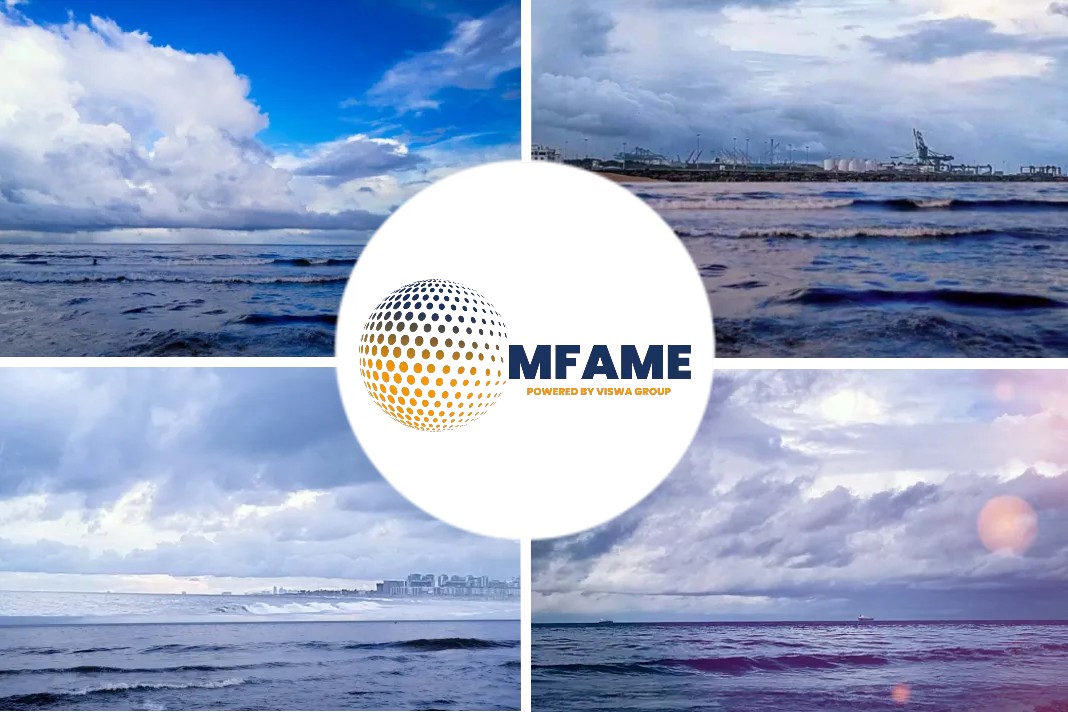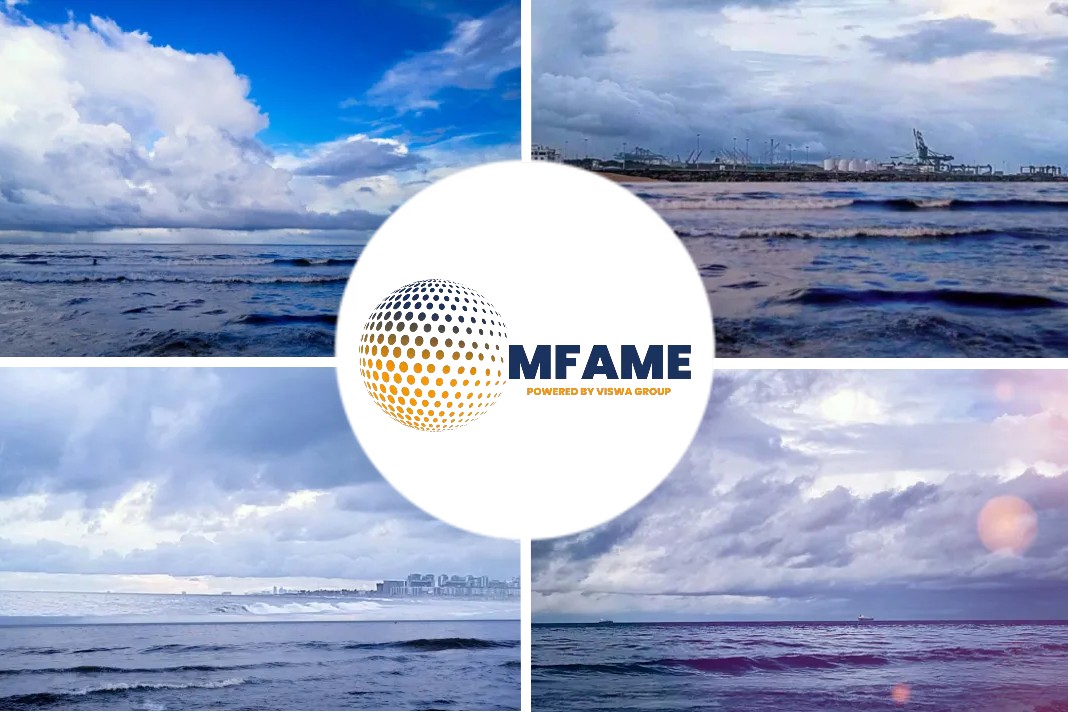Local LNG producer Woodside and Western Australia’s mining sector are getting ready for the introduction of new global limits on the sulphur content of marine fuels from 1 January 2020, reports Interfax Global Energy.
IMO regulations on global emissions
Global emissions limits for shipping under IMO 2020 rules are a growth opportunity for the Aussie LNG market and a rising imperative for the country’s iron ore and coking coal exporters.
A fully fledged LNG-fuelled shipping sector in Australia is still some way off, but there are signs companies are preparing for the new emissions standards being introduced by the International Maritime Organization (IMO) on 1 January 2020, which will limit the sulphur content of marine fuels to 0.5%.
With rising pressure from shareholders to commit to the transition to a low-carbon future, as well as more competitively priced LNG, heavyweight coking coal and iron ore exporters BHP, FMG and Rio Tinto are getting behind the idea of chartering vessels powered by LNG rather than conventional fuels.
Woodside’s LNG hub
LNG exporter Woodside is realigning its focus to incorporate the supply of LNG for the marine sector into its business model.
Leveraging its base on the Burrup Peninsula in northern Western Australia (WA), Woodside is creating a hub to supply LNG to the burgeoning maritime market – one of the few sectors where LNG has the potential to grow rapidly in the coming decades.
At the outset, some 2.4 mtpa of LNG could be bunkered in Australia for shipping purposes.
The idea is that, as well as being exported, LNG processed through the Woodside-operated and soon-to-be-interconnected Pluto and North West Shelf facilities will be used by the miners for their shipping needs as well as for road transport within Australia.
The concept is being pioneered by the Green Corridor project, which has partly involved proving the economic viability of building new Capesize LNG-fuelled ships.
Woodside is reportedly just weeks away from finalising designs for new LNG-fuelled vessels with Korean shipbuilders.
MoU to check GHG emissions
BHP, which charters vessels to export its iron ore to China and other Asian markets, is also steaming ahead. It recently tendered a contract for LNG-fuelled ships to transport up to 27 mt of iron ore to international markets – equal to roughly 10% of the company’s annual ore exports.
BHP recently signed a memorandum of understanding with China Baowu Steel Group, Asia’s largest iron and steel producer, to reduce greenhouse gas emissions (GHG) across the supply chain.
Rio Tinto and FMG are also focusing on using LNG-fuelled vessels to transport their bulk materials into Asia. LNG exporters are also considering supplying Asia’s burgeoning LNG bunkering market.
Falling costs, rather than environmental concerns, are providing the incentive for switching to LNG over alternative marine fuels.
Scrubber retrofits on vessels
The rising global supply of LNG means it is increasingly cost-competitive against the alternatives over the 20-year lifespan of a bulk-haul vessel.
Alternative, more expensive options include retrofitting scrubbers on vessels using heavy fuel oil (HFO) or buying premium-priced low sulphur fuel oil (LSFO).
Ultimately, while miners such as BHP are looking ahead to the use of hydrogen-fuelled or even nuclear-powered ships, the 10-20 year gap before such vessels can be brought to market makes the business case for LNG viable in the interim.
Such is the appeal of this growth opportunity for Australia’s LNG sector that sizeable export plants such as Darwin and Ichthys in the Northern Territory, as well as the CBM-based projects in Queensland, are looking at the opportunities to supply LNG into the shipping market.
LNG-fuelled shipping concept
Eastern Australia is also home to a number of large-scale coal export projects. Politically, the Australian state and federal governments are privately backing the LNG-fuelled shipping concept, which offers significant economic opportunities.
Unlike in Asia, where pollution is driving immediate measures to improve air quality, Australian state governments have so far shied away from imposing emission control zones at major ports.
This is reportedly because they are instead considering incentive-based approaches to encourage a switch away from more-polluting fuels. These include options such as reduced port fees for vessels burning LNG rather than HFO or LSFO.
IMO 2040 objectives
The LNG-fuelled shipping sector is still some way from maturity despite the new emission limits. This is partly because of the turnover of the shipping fleet and partly because charterers are still feeling their way forward on the best options.
A looming issue is the yet-to-be-finalised IMO plan to reduce GHG emissions in shipping by 50% from 2040.
It is hoped that technological developments will be sufficiently advanced by that point to enable LNG-fuelled carriers to start blending with hydrogen to create a low-to-zero-emission shipping industry.
Did you subscribe to our daily newsletter?
It’s Free! Click here to Subscribe!
Source: Interfax Global Energy























